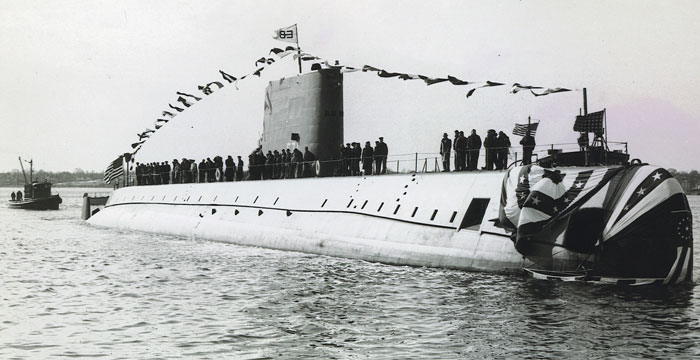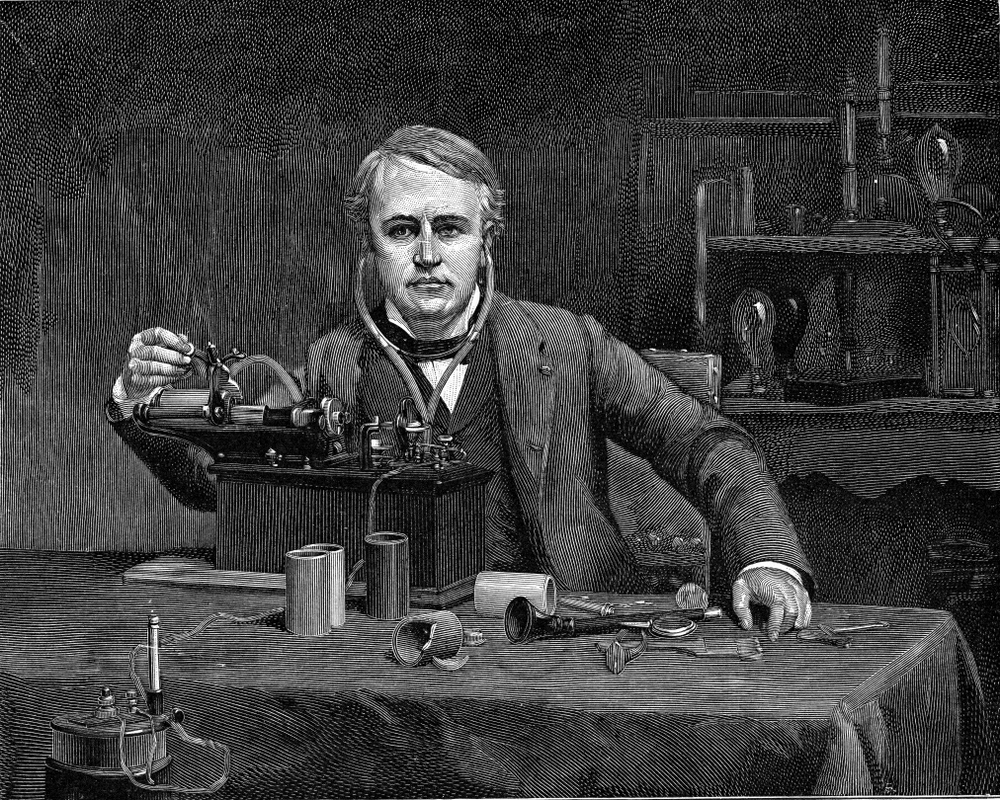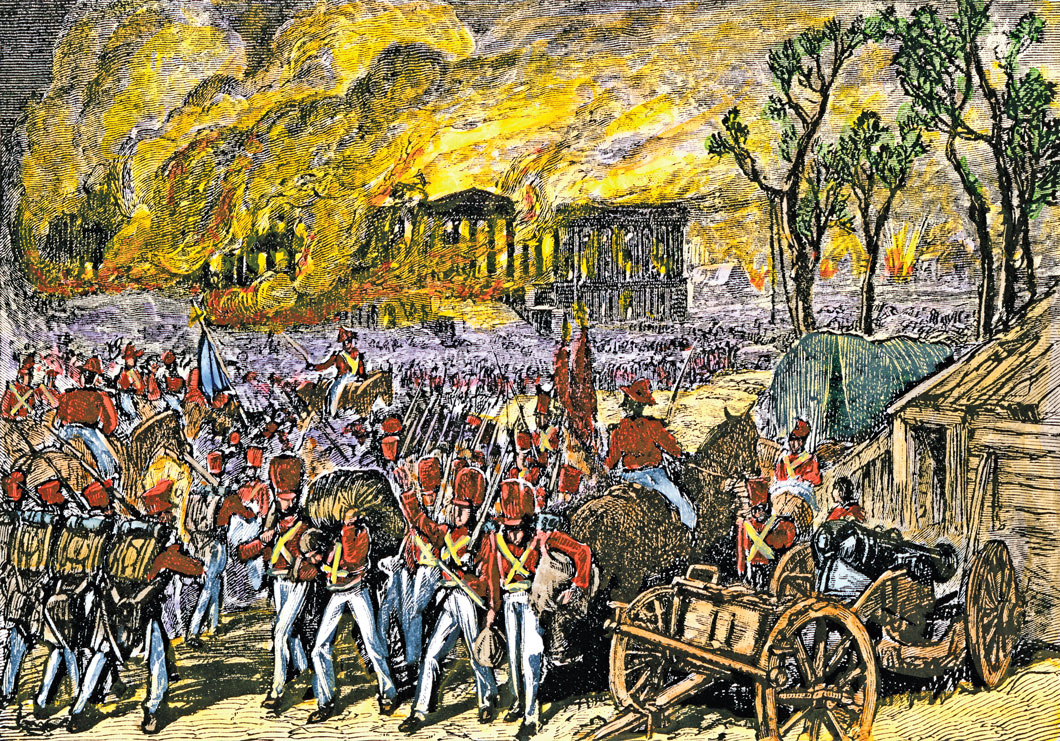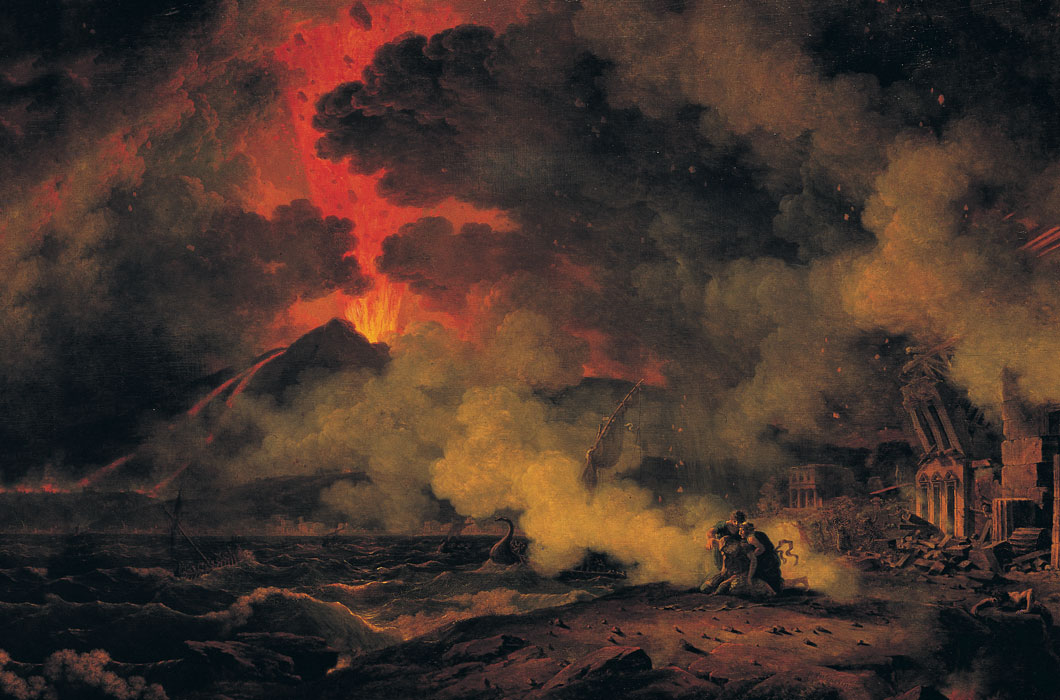Teaching August 2024
- July 29, 2024
- By KIDS DISCOVER
As August rolls in, the excitement of a new school year begins to build. A new school year starts with fresh beginnings, eager students, and endless possibilities. As you embark on this new journey, remember that Kids Discover is here with you all year long, helping to make this school year the best one yet. From historical events to scientific feats, here are 6 days in history that will spark curiosity and inspire learning.
August 3 – Nautilus Submarine Travels to North Pole (1958)
On this day in 1958, the USS Nautilus made history by becoming the first vessel to travel to the North Pole, navigating beneath the Arctic ice cap. This journey showcased technological advancements and marked a significant naval exploration milestone. Dive into (pun intended) this event with our Boats & Ships Unit, particularly How Boats and Ships Move, so your students can learn about waterborne vessels, big and small.
August 12 – Thomas Edison Invents the Phonograph (1877)
Although most commonly associated with the light bulb, Thomas Edison had many other inventions. On this day in 1877, Thomas Alva Edison invented the phonograph in his workshop in Menlo Park, New Jersey. For the first time, people could listen to their favorite music whenever and wherever they wanted. Consider it the first precursor to the cassettes, CD players, and maybe even the iPod. To learn more about this prolific inventor, read our entire Thomas Edison Unit.
August 21 – Hawai`i Becomes 50th State (1959)
Welcome to the club, Hawai`i! On August 21, 1959, Hawaii became the 50th state of the United States. This chain of islands is known for its stunning landscapes, rich cultural heritage, and unique biodiversity. Explore how this diverse state joined the union and its impact on the nation with our Hawai`i Unit.
August 23 – Dolley Madison Saves Portrait of Washington (1814)
During the War of 1812, as British forces approached the White House, First Lady Dolley Madison heroically saved a portrait of George Washington, ensuring it wouldn’t fall into enemy hands. Her quick thinking and bravery set a lasting precedent for the role of First Ladies in times of crisis. This act preserved a national treasure and solidified her place in American history. Explore this moment and more with the War of 1812 from our Unit called The New Nation, which shares the resilience of early America.
August 24 – Mount Vesuvius Erupts in Pompeii (A.D. 79)
August 24, A.D. 79, started like any other day in Pompeii, a town in southern Italy. The sun shone brilliantly, but nearby Mount Vesuvius had an awful surprise waiting for the townspeople. By the end of the day, an entire town would be buried in ash and pumice, remaining that way for nearly 2,000 years. Step into our Kids Discover time machine with our Pompeii Unit, where your students will learn about this ancient city and the day that changed everything instantly. For a perfect cross-curricular activity, pair this Unit with our Volcanoes Unit to bridge the gap between World History and Earth Science.
August 28 – Dr. King Gives His ‘I Have a Dream’ Speech (1963)
Dr. King. delivered his “I Have a Dream” speech to a crowd of 250,000 people in Washington, D.C., on August 28th, 1963. His speech was filled with hope and a vision for equality, which continues to resonate today. Inspire your students by exploring this pivotal event and its lasting impact on the Civil Rights Movement. Our MLK Jr. Unit provides a comprehensive look at Dr. King’s life and legacy, bringing this monumental speech and its enduring significance to life in your classroom.





